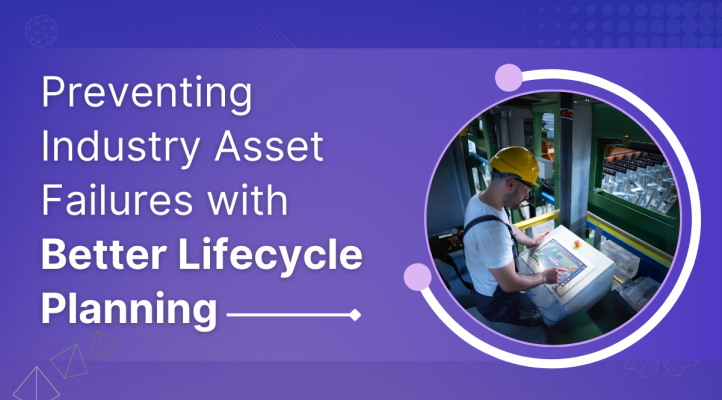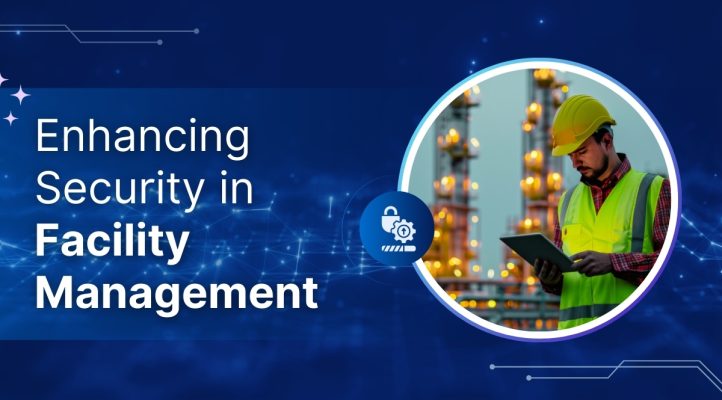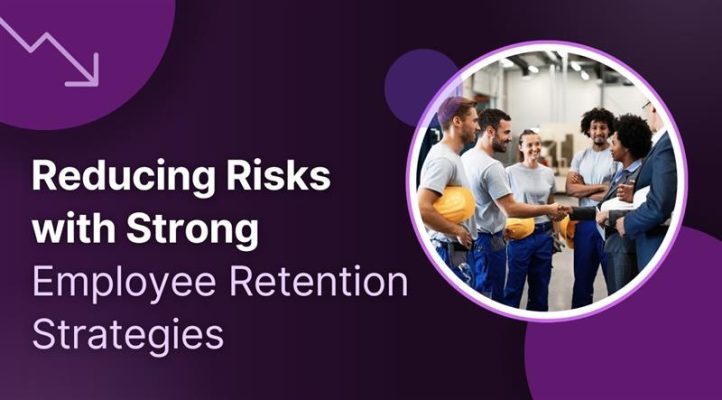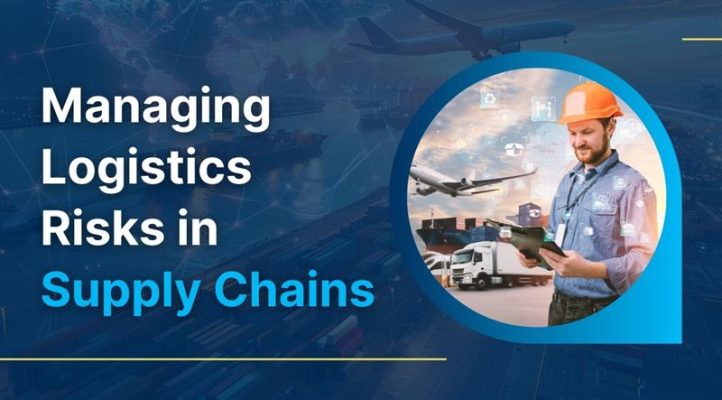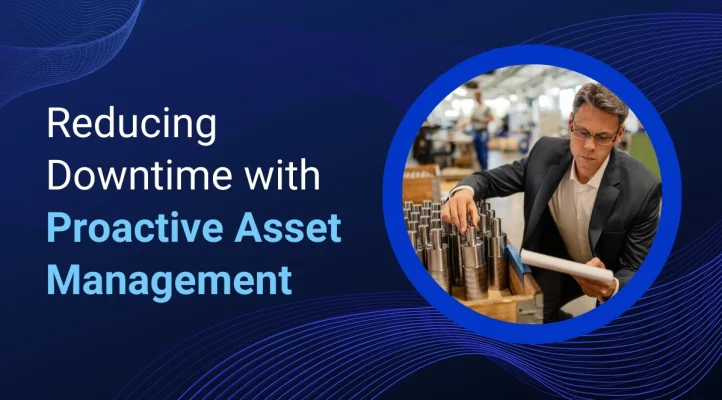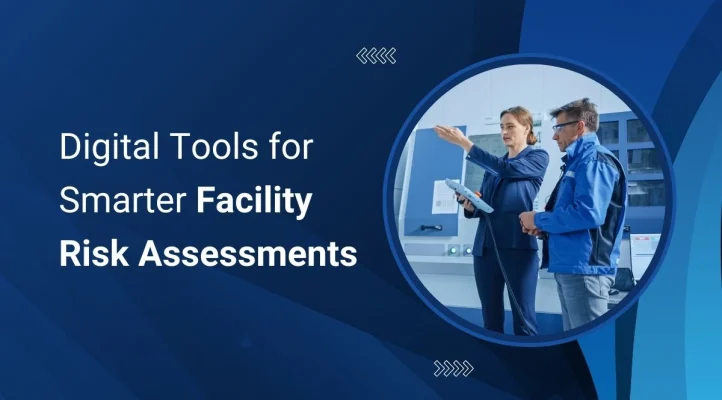How to Balance Sustainability and Risk in Supply Chains
The Growing Importance of Sustainable Sourcing Sustainability has become a core concern for businesses striving to build responsible supply chains. Ethical sourcing, environmental impact reduction, and compliance with evolving regulations are no longer optional—they are essential for maintaining consumer trust and business resilience. However, integrating sustainability into global supply chains presents challenges, particularly when balancing […]
Read MorePreventing Asset Failures with Better Lifecycle Planning
Organizations across various industries rely on complex machinery, infrastructure, and equipment to maintain smooth operations. A single unexpected breakdown can lead to significant financial losses, operational delays, and safety risks. Traditional reactive maintenance approaches often result in costly emergency repairs and prolonged downtimes. This has driven the shift towards lifecycle planning, a proactive strategy ensuring […]
Read MoreWhy SIF Prevention Is a Must for Business Survival
Why SIF Prevention Demands Executive Attention Workplace safety is no longer just about compliance; it’s a core business priority that directly impacts financial performance, corporate reputation, and operational efficiency. When an organization is looking to go beyond the monitoring of incident rate and begin to move toward eliminating systemic incidents, where do they turn their […]
Read MoreEnhancing Security in Facility Management
Facility security encloses measures designed to protect people, assets, and infrastructure from theft, vandalism, cyberattacks, and natural disasters. A well-rounded security strategy involves physical security measures, digital protections, and emergency preparedness. Understanding Security in Facility Management Effective facility security management requires assessing risks, implementing preventive controls, and ensuring compliance with regulatory standards. By understanding the […]
Read MoreReducing Risks with Strong Employee Retention Strategies
Employee retention goes beyond employee satisfaction; it’s a key strategy for mitigating organizational risks. High turnover rates can lead to increased costs, loss of institutional knowledge, and disruptions in operations. Organizations prioritizing retention strategies can significantly reduce these risks while fostering a stable and productive workforce. Understanding the Risks of High Employee Turnover High employee […]
Read MoreManaging Logistics Risks in Supply Chains
Supply chain disruptions are an ongoing challenge for businesses worldwide, with transportation risks being a major contributor to delays and rising costs. From natural disasters to geopolitical tensions, various factors can impact logistics networks, making it crucial for companies to adopt proactive risk management strategies. By implementing the right approaches, businesses can enhance resilience and […]
Read MoreReducing Downtime with Proactive Asset Management
Unexpected asset failures can significantly impact operations, leading to production delays, increased maintenance costs, and revenue loss. Businesses relying on critical machinery and equipment must prioritize proactive asset management to minimize asset failure risks and ensure continuous operations. Why Proactive Asset Management Matters Proactive asset management involves implementing strategies to detect, predict, and prevent failures […]
Read MoreDigital Tools for Smarter Facility Risk Assessments
Managing facility risk is a complex task that requires meticulous planning, real-time data, and a proactive approach to potential hazards. Traditional risk assessment methods, often reliant on manual checklists and spreadsheets, can be time-consuming, prone to errors, and lacking scalability. The digital transformation of risk assessment tools has revolutionized how facilities identify, evaluate, and mitigate […]
Read More


